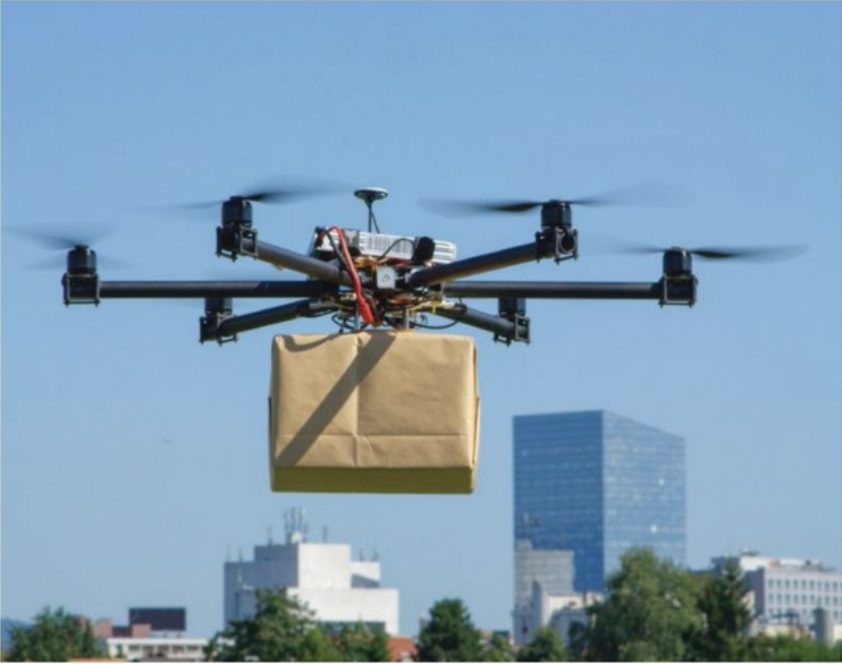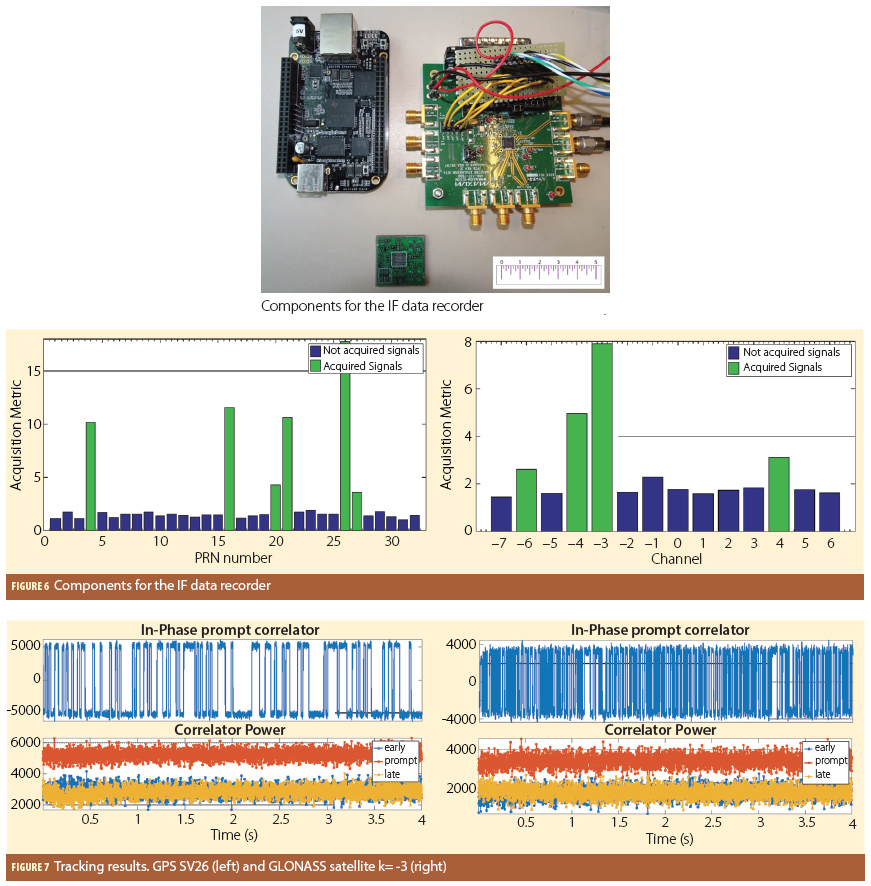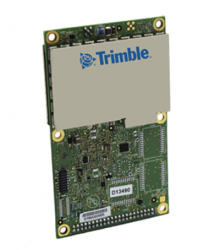Having developed a breakthrough technology, the hard work is far from over. Now you have to show potential customers that previously unheard-of levels of performance can be achieved with lower-cost materials.
The challenge for chip designers at Physical Logic has been to convince inertial measurement unit (IMU) and UAV manufacturers that the company’s revolutionary approach to micro-electromechanical systems (MEMS) machining can vault low cost, weight and power (C-SWaP) accelerometers several tiers above in the accuracy hierarchy. In short, MEMS can replace the traditional mechanical or solid-state accelerometer in all applications, achieving tactical and even navigation-grade inertial performance.
Key features of the innovative control design give system-wide low noise, high linearity, virtually zero vibration rectification error (VRE), robust stability and enhanced sensitivity.
“Almost all of these [traditional mechanical accelerometers] can easily be replaced with a Physical Logic closed-loop,” said Aviram Feingold, the company CEO. “If you wish to compare the systems, you will see. These are mainly for navigation, where an achievement of 70g enables us to get into maybe 90% of the end-user applications. UAVs, helicopters, missiles, marine applications, and now there are wireless applications where 30 g is not enough, they need 50g or 70g.”
Two variants of an innovative accelerometer design, Open-Loop and Closed-Loop, are based on a unique in-plane bulk micromachining process. This is performed on silicon-on-insulator (SOI) wafers, assembled with application-specific integrated circuit (ASIC) with an analog front end and a temperature sensor in a custom-tailored, hermetically sealed and compact LCC20 package.
The unique in-plane geometry of the sensor’s MEMS element enables it to use a highly symmetrical comb structure based on a full capacitive bridge topology. The in-plane concept enables excellent capacitance linearity over a large proof mass displacement. It also produces extremely low thermo-mechanical noise levels, achieved by sealing at atmospheric conditions without using less-reliable vacuum packaging.
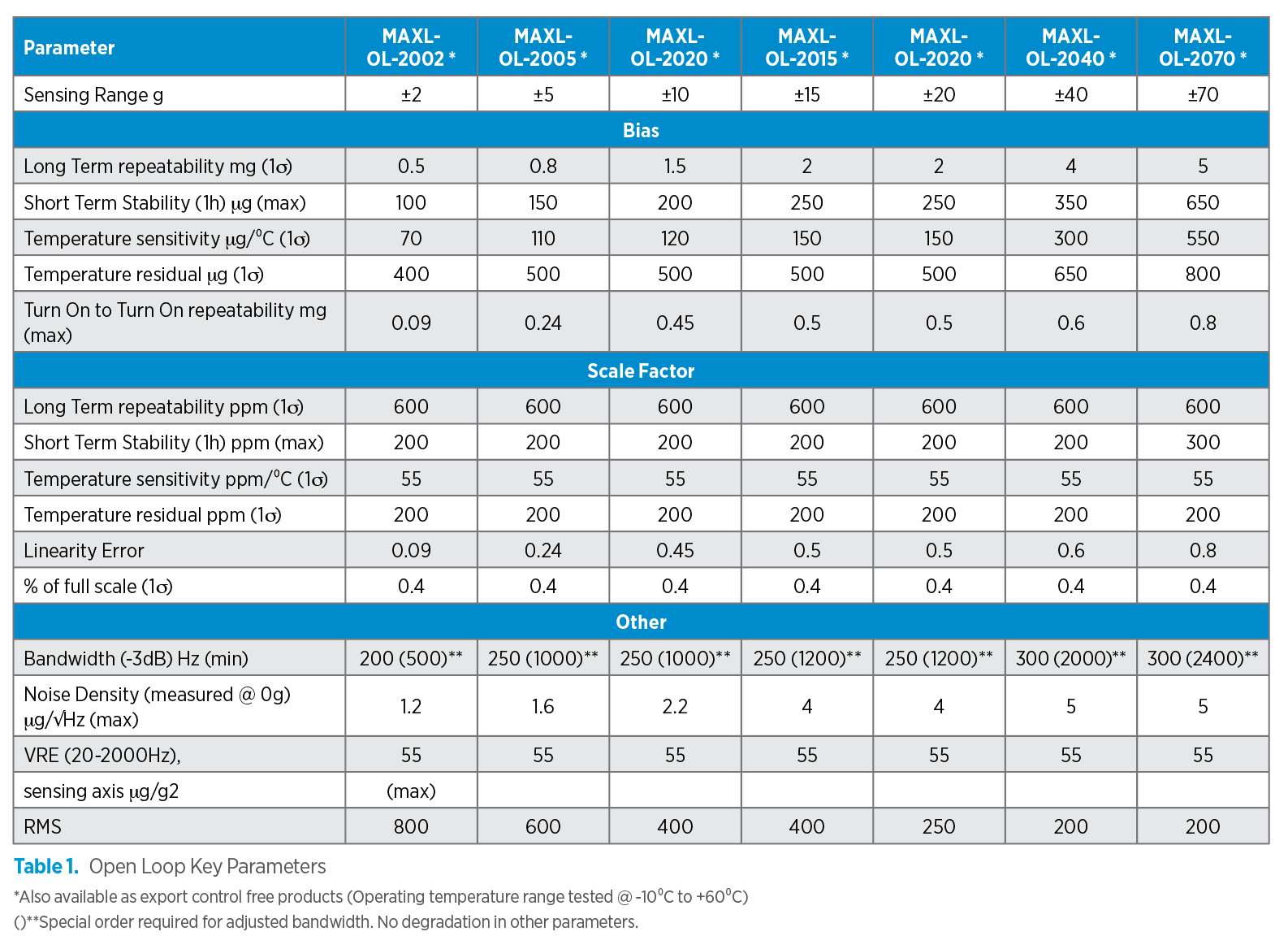
Open Loop
Physical Logic’s Open-Loop accelerometer series fills the gap between current MEMS accelerometers and traditional, much heavier and more expensive mechanical accelerometers. The Open-Loop product line, offering a variety of input sensing ranges from 2g to 70g, finds applications in tilt sensing, seismic sensing, resource exploration, vibration sensing, North-finding and inertial navigation.
In-plane micromachining takes advantage of the normal MEMS benefits such as low-cost manufacturing and easy integration with microelectronics. However, it avoids the downsides of high-impedance readout for capacitive sensing. This readout node is highly susceptible to parasitic leakage current and electromagnetic interference. In-plane micromachining uses a full-bridge capacitive sensing configuration for parasitic rejection and improved noise performance.
It also enables improved linearity. With equally distributed sensing capacitors on the area of the MEMS die, the process further leverages its symmetric mechanical geometry to offer high stability performance. The simplicity of the design means that only minor architecture changes are required to achieve various sensing ranges.
Physical Logic’s Open-Loop MEMS accelerometers fulfill the requirements of tactical-grade inertial performance (see Table 1, Open Loop 2000 Series Key Parameters).
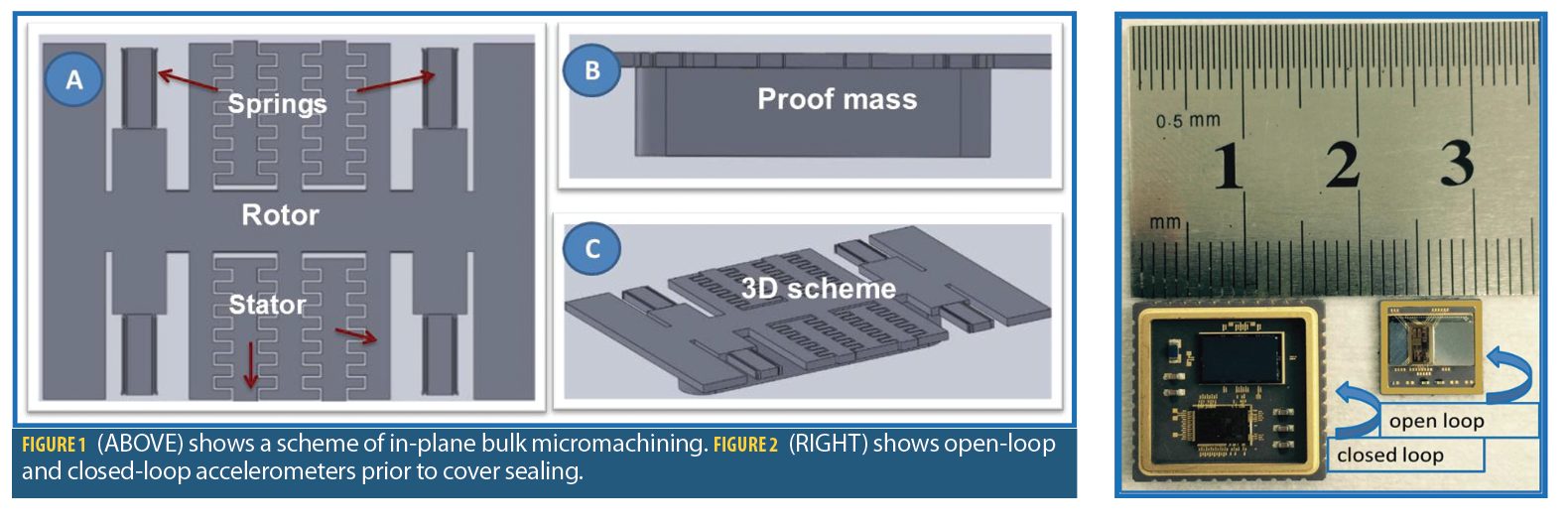
Closed Loop
To overcome inherent non-linearity and further improve bias stability performance, necessary to achieve navigation-grade performance, a further innovation was necessary. Thus, Physical Logic developed the Closed-Loop series, similarly in-plane micromachined, but with a rebalance force applied on the proof mass to offset the inertial force caused by external acceleration. The closed-loop design compensates for the acceleration, minimizing the proof mass displacement
Thus equipped, the Closed-Loop series goes even further, replacing tactical and navigation-grade mechanical accelerometers. With qualification of its sensing range up to 70g, it is ideally suited for high-end navigation applications, such as UAVs, other autonomous vehicles, aviation and space. It offers improved performance in the form of scale factor linearity, bias stability and vibration rectification.
For example, the MAXL-CL-3030, with 30g dynamic range and 20-bit resolution, is a fully integrated sensor enclosed in a specially designed and manufactured LCC44 package. See Table 2, Closed Loop 3000 Series Key Parameters.
Recently, Physical Logic announced the completion of qualification and production readiness of the MAXL-CL-3050, a new 50g sensing range sensor based on MAXL-CL-3000 family. As with the 15g and 30g configurations, the performance of MAXL-CL-3050 allows it to compete with traditional mechanical accelerometers in the most demanding navigation-related applications. Yet higher levels of performance are reached with the new 70g sensor.
For both open-loop and closed-loop product types, Physical Logic’s robust in-plane bulk-micromachining process assures high yield and high reliability, delivering improved performance while preserving the MEMS advantages of low C-SWaP.
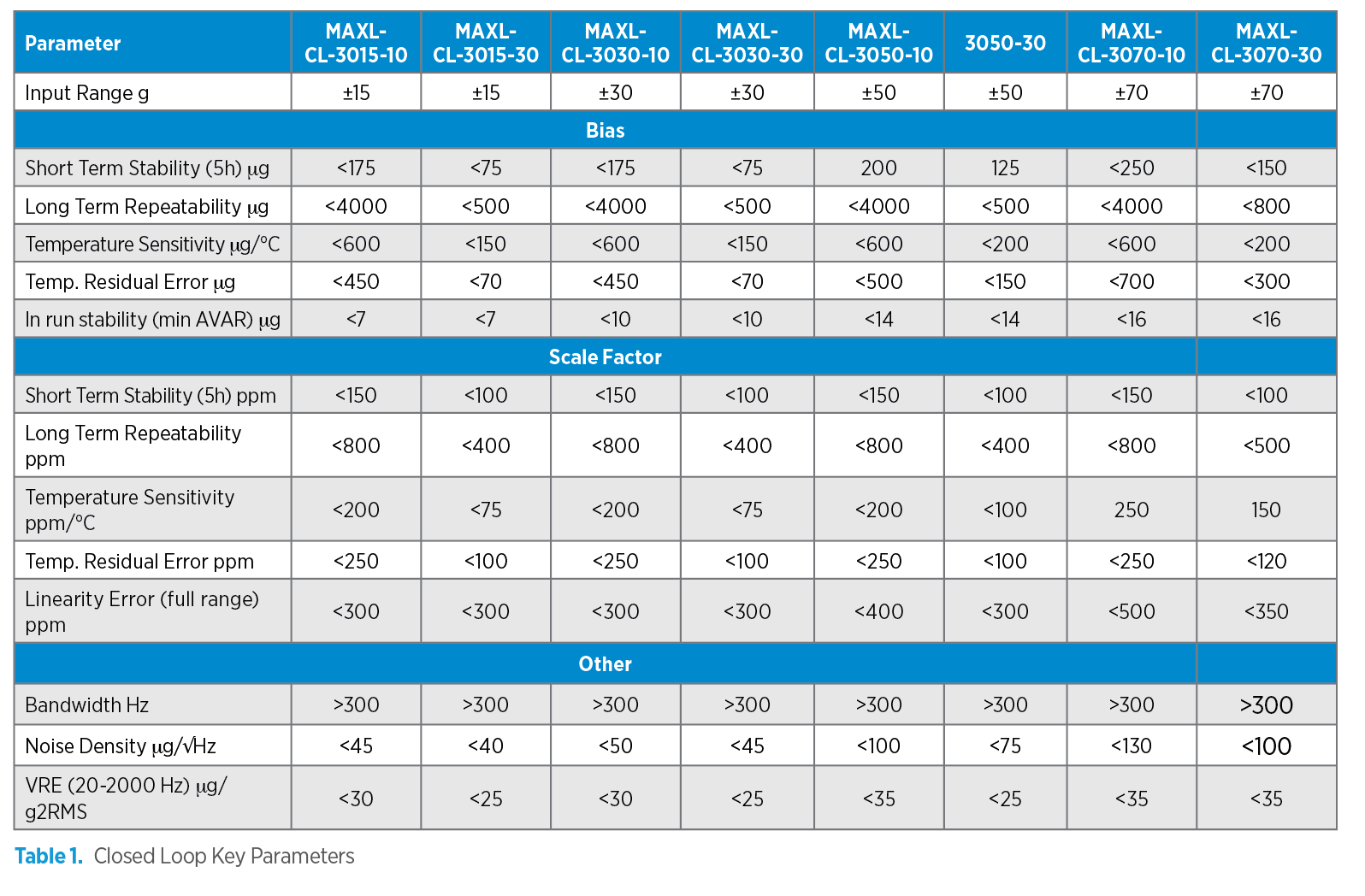
A Unique Approach
Several years ago, Physical Logic undertook a dual research and development project on capacitive MEMS accelerometers, with the aim of achieving inertial tactical-grade performance for open-loop accelerometers and inertial navigation-grade performance with closed loop accelerometers. The company scientists came up with a unique design that affords the same MEMS fabrication process flow for both product lines. Further, robust process ensures high yield and high reliability.
The MEMS manufacturing process has normally followed an out-of-plane design. The resulting products require vacuum packaging, since damping of large parallel plate electrodes is very severe in the out-of-plane configuration. Vacuum sealing always has a reliability problem. The in-plane process can take advantage of atmospheric pressure sealing for improved reliability and simplicity.
Out-of-plane sensors using the gap-changing principle sacrificed linearity performance. In-plane machining does away with this, due to it capacitance area-changing architecture. And, as previously stated, full-bridge capacitance sensing architecture provides parasitic rejection and improved noise performance, both of which are very difficult to achieve with out-of- plane devices.
Finally, in-plane machining results in improved performance during vibration, an extremely important performance metric for UAVs, particularly for delivery drones.
“The main advantage is almost zero VRE,” said Aviram Feingold, Physical Logic’s chief executive officer. “The reality here is that the VRE is a magnitude better in a closed-loop accelerometer, 10 times better than the open-loop accelerometer.
“Take, for example, the application of package delivery systems, in which safety is the most important parameter. One accident caused propeller vibration affecting the navigation of a delivery drone will have huge repercussions. So this is one of our primary end-user target applications: contacts that we have with UAV manufacturers specifically making package delivery systems.”
Figure 1 shows a scheme of in-plane bulk micromachining. Both open-loop and closed-loop structures include an array of capacitive electrode plates, mechanically coupled to a common proof mass (the rotor shown in picture A) and an array of the same electrode plates attached to the fixed silicon frame (the stator). A careful design of the supporting springs constrains the proof mass to linearly move in the plane parallel to the plane of the fixed electrode plates. The capacitance between the two arrays of plates is variable and dependent on the proof mass displacement.
Closed-Loop’s High Sensing Range
Many navigation applications require input acceleration measurements higher up to 50g or 70 g. This can be difficult to achieve without losses in other key performance parameters. This necessitates very close understanding and careful management of the overall error budget.
An open-loop accelerometer’s sensing range is usually proportional to the spring constant. Increasing the spring constant for a higher sensing range also increases the bias charge sensitivity, detracting from performance. In non-navigation applications this tradeoff can be acceptable, but navigation-grade accelerometers must deliver both high performance and high sensing range.
Closed-loop operation eliminates the tradeoff between performance and sensing range by using capacitive sensing and feedback voltage to determine the sensing range, optimizing for both outcomes. A company-developed theoretical error budget thus leads to a MEMS design achieving low bias sensitivity and superior performance over temperature and time.
“One interesting application is resource exploitation,” said Feingold, “where you need underground navigation. You have no GPS time, and long measurements underground, it’s very difficult. These companies know now that we have quantified our performance, and we start to get feedback that in terms of accuracy, we provide the good results, better than our competitors.”
Figure 2 shows open-loop and closed-loop accelerometers prior to cover sealing.
“Fundamentally, both open loop and closed loop are based on the same in-plane technology that allows for a very linear transfer function from acceleration to the voltage to the capacitance that we see,” added Lisa Koenigsberg, the company’s chief technical officer. “Because we’re using not just a gap effect, the design is optimized to get as much sensitivity as possible. With an in-plane configuration, it’s much easier to optimize. That’s really what allows the good performance in the VRE and scale factor. Because we have a lot of sensitivity, it’s very linear from the core technology.
“When we close the loop, we have basically three capacitor sections that are all mechanically attached. The acceleration now is the voltage that we apply to those actuators. That’s how we can get a high sensing range, because it’s only dependent on the voltage.
“The nice thing about the closed loop is benefiting from everything and getting all the nice performance from a low range. The high range is achieved not with a motion or displacement, but rather the voltage. So you get a high range and small biases from let’s say, a 2g accelerometer, and yet you can measure up to 50g or 70g.”
Rigorous Quality Control
Production units of each open-loop and closed-loop configuration have passed acceptance and qualification tests including temperature, vibration, and centrifuge measurements up to their designated g levels. A temperature cycle fits a baseline temperature model for bias, scale factor and misalignment behavior, followed by temperature storage cycles temperature operational cycles. Dynamic tests include vibration and shock profiles in multiple directions. Finally, the units repeat the first temperature cycle to test model repeatability.
All in-plane machined devices demonstrated excellent performance over environmental exposures, verifying the long-term accuracy of the full range of parameters. Specific statistics are available in each product data sheet. In addition, the closed-loop series achieved excellent scale factor linearity, VRE and superior stability.
“Another thing we are doing here,” said Feingold, “to convince our customers is that we are running lifetime testing to accelerate the C-Swap. We actually use accelerometers for many months, under 60 degrees. Every month we take them out, do some testing and bring them back, we test again and again and again to show very nice results.”
Conclusion
MEMS accelerometer advances over the past two decades have opened up new opportunities in many areas of motion sensing. With the explosive growth of UAVs, precision requirements for highly dynamic, high-vibration platforms have increased the downward pressure on cost, weight, size and power. The unique advantages of in-plane MEMS architecture introduced by Physical Logic mean that acceleration, vibration, shock, tilt and rotation in high-g applications can be measured with greater accuracy than previously achievable in small, light form factors. Open-loop and closed-loop MEMS accelerometers can now replace high-cost instruments in most high-end applications.

